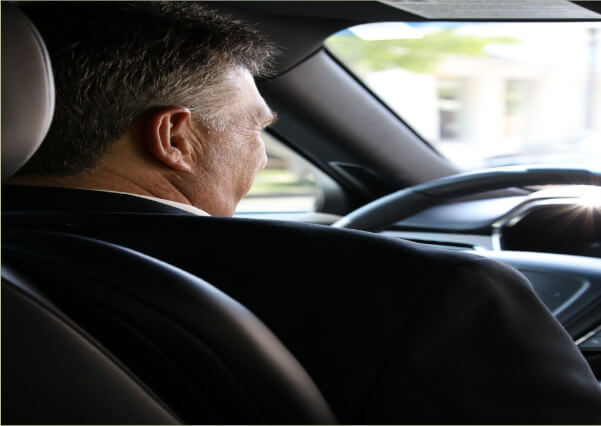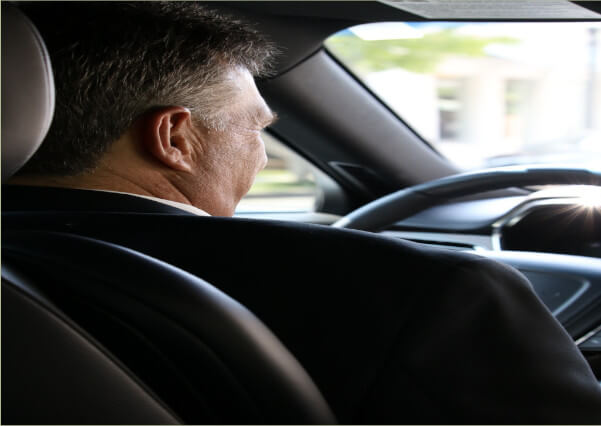Transportation Sanitation: How Companies Are Keeping You Safe During COVID


During the pandemic, many of us are concerned about the dangers of public transportation. With crowding and hesitation around others out of fear that they are sick, it’s easy to feel anxious about the sanitation of the vehicle you’re in.
How can you ensure that your ride won’t end in disaster?
Here are just a few of the ways that businesses are making sure that their public transportation vehicles are safe and clean during the COVID crisis, and how you can help keep yourself safe while traveling as well.
Sanitation Attention to Transport Hubs and Vehicles
Along with maintaining their vehicles to ensure public safety, companies have begun paying more attention to potential health hazards within their transportation hubs as well. Train and bus stations are being more attentive to sanitation when cleaning and sanitizing their areas, and certain standards are being met to protect passengers.
Considering the large number of people who pass through on a daily basis, areas where people can be confined for safety purposes have been created at airports, train stations, bus terminals, and other major public transportation areas.
“Pinch points” have also been created to allow people to cross through different sections of buildings to get to their final destination, preventing too many people from being in one area.
Cleaning Vs. Disinfecting
While cleaning vehicles has always been an important routine for any public transportation service, companies have begun disinfecting their vehicles as well to keep them safe. They are taking extra sanitation steps to ensure safety.
What is the difference, and why is it important?
While cleaning only removes dirt, germs, and dust from surfaces, it does not completely kill bacteria. Disinfecting surfaces, however, is meant to kill any remaining bacteria left behind during the cleaning process. Most companies are requiring their workers or personal cleaning crews to clean and disinfect vehicles before and after every passenger or load of passengers has boarded the vehicle.
By combining the two and being more diligent with routines, public transport services are ensuring that there aren’t any remaining germs or bacteria within their vehicles from the previous passengers.
Keeping Social Distance Regulations
Naturally, any public transportation service that carries more than one passenger at a time is doing its best to keep to the 6 feet social distance regulation to ensure the safety of its passengers.
When using public transport during the pandemic, it’s important both to try to sit as far away from the driver and other passengers as possible. Cracking the windows open will also help improve air circulation and prevent the spread of disease.
For smaller vehicles, such as limousine services or personal transportation services for smaller groups of people, this may be more difficult, but should still be taken into account. Try to place as much space between yourself and other passengers as possible to protect yourself and them.
Mandatory Masks
In most places, any form of public transportation is requiring the usage of masks to stop the spread of disease. Unless the individual is 2 years old or younger, is physically unable to breathe while using a mask, or is in some way incapacitated, a mask will need to be worn in order to enter the vehicle.
Masks help limit the spread of disease by protecting yourself and others from bacteria in their breath. They especially help if the person wearing a mask is asymptomatic and doesn’t realize that they are carrying the disease.
Use of Larger Vehicles
Certain types of public transportation are using larger vehicles for business; this is especially true for Lyft and Uber drivers. Vans and trucks are better suited for this type of job, as there is more available room to space yourself from the driver and any other passengers that may be in the vehicle.
What Types of Vehicles Should be Disinfected
It’s important for companies to understand what types of vehicles should be disinfected to prevent the spread of the virus. Any vehicle that is meant to carry more than the driver should be disinfected thoroughly between uses. This includes, but is not limited to:
Work vehiclesUnderground/above ground bus systemsTrainsAircraftFerries
Sanitation of the seats, dashboard, window ledges, armrests, steering wheel, and other parts of the vehicle that are touched frequently by the driver and passengers should all be carefully cleaned and disinfected between uses to prevent the spread of illness.
When in Doubt
If you are still uncertain about the safety of public transportation, there are some simple steps that you can take to keep yourself clean and healthy.
1. Regularly Wash Your Hands
Before and after going out or taking public transportation, make sure to thoroughly wash your hands using either sanitizing soap or any CDC recommended soaps.
2. Keep Personal Cleaning Supplies on Hand
Keeping items such as hand sanitizer or some form of sanitizing wipe for areas you come into contact with will help limit the amount of bacteria you will be exposed to.
3. Limit Trips Out
Limiting your usage of public transportation to only when necessary is an important tip to keeping yourself safe. Keeping quarantined will limit the likelihood of exposure to the virus, and keep you from spreading it if you are infected and asymptomatic.
4. Avoid Touching Your Face
Any bacteria that you come into contact with while traveling is most likely to get into your body through your mouth, nose, or eyes; by limiting the amount of times you touch your face, you will be able to prevent yourself from getting sick.
5. Wear Gloves When Traveling Publicly
Wearing gloves will keep you from bringing bacteria home with you, but even if you do choose to wear gloves, you should still touch your face as little as possible.
6. If You Are Sick, Stay Home
To prevent the spread to others and to keep public transportation safe, if you are sick or believe you might be sick, it’s crucial to stay home or go see a doctor for confirmation.
Safe Transportation Made Easy
Thanks to additional sanitation procedures and additional practices of public transportation and the help of passengers, public transit will remain safe during the pandemic.
How are you getting around during the crisis? Did we miss anything? We’d love to hear your stories and thoughts!
Comment down below with your experiences, and continue reading our blog for more information.
The post Transportation Sanitation: How Companies Are Keeping You Safe During COVID appeared first on Blog | Corporate Transportation St. Louis.





